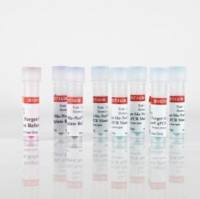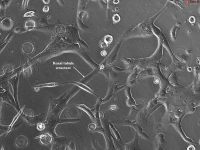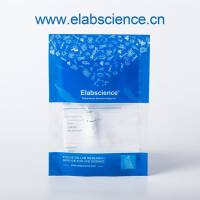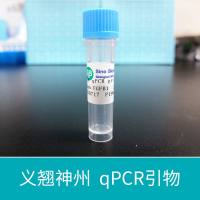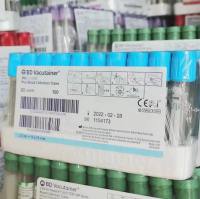Optimization of Reactions to Reduce Formation of Primer Dime
互联网
- 相关专题
1. How to Reduce Primer Dimers in a LightCycler PCR
Introduction
Primer dimers are the product of nonspecific annealing and primer elongation events. These events take place as soon as PCR reagents are combined, especially if reagents are mixed at room temperature. Even if one primer is elongated by only one false nucleotide, this primer may significantly enhance nonspecific amplification. During PCR, formation of primer dimers competes with formation of specific PCR product, leading to reduced amplification efficiency and a less successful PCR. This application note describes several strategies for reducing the formation of primer dimers during LightCycler PCR.
Identifying Primer Dimers
To identify LightCycler PCR products generated in the presence of SYBR Green I, perform a melting curve analysis on the reaction. This analysis permits characterization of both the desired PCR products and primer dimers by their characteristic melting behavior. Melting curve analysis is an inversion of the measurements taken during LightCycler PCR. During PCR, fluorescence is initially low and increases during cycling. In contrast, at the beginning of a melting curve analysis, the reaction is at low temperature and the fluorescence signal is high. As the temperature steadily increases, the fluorescence will drop suddenly as the temperature reaches the characteristic melting point (Tm) of each DNA fragment. Melting behavior is shown in the graphical data evaluation below [rate of change in fluorescence (–dF/dT) as a function of temperature]. Pure, homogeneous PCR products produce a single, sharply defined melting curve with a narrow peak. In contrast, primer dimers melt at relatively low temperatures and have broader peaks.

Strategies
Four main areas of a LightCycler PCR can be optimized:
◇Workflow
◇Primers
◇ Experimental Protocol
◇Hot Start
They are explained in the following section.
2. Optimization Strategies
Workflow
· Start the PCR as soon as the reaction mixture is prepared.
Note: Any delay permits nonspecific annealing and primer elongation events.
· Keep all reagents chilled in the LightCycler cooling block. Do not allow them to stand at room temperature.
Primers
· The most important region for specific priming is the 3´ region of the primer; amplification starts here.
In general, these ends should be free of secondary structures, repetitive sequences, palindromes, and highly degenerate sequences.
· The sequences of the two primers should not be complementary to each other, especially at their 3´ ends (so primer dimers will not form).
· Try to make the two primers equal in GC content.
· The GC content of the primers should range between 40% and 70%.Whenever possible, avoid an unbalanced distribution of G/C- and A/T-rich domains.
· Always use primers that are highly purified.


